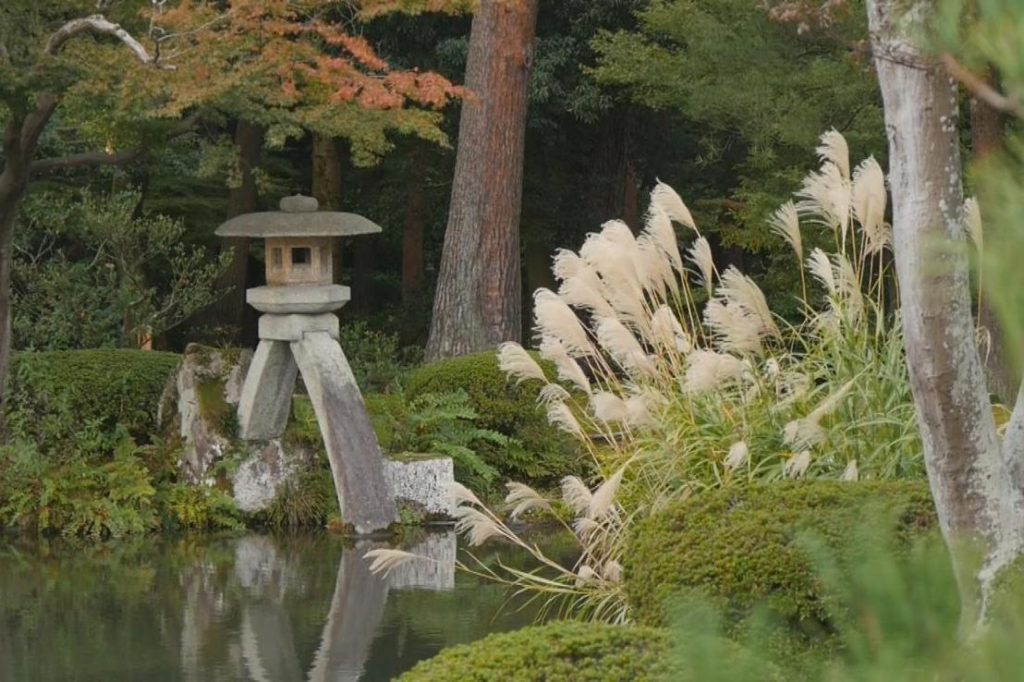Gardens Near and Far episode 33: With its lake, its waterfalls and its 8000 trees belonging to 18 different species, this vast garden is one of the most beautiful in Japan. Kenroku-en, meaning the garden of six virtues, is in the city of Kanazawa.
As Kanazawa’s harsh winter approaches, the gardeners engage in a curious airborne ballet. They are putting up Yuki-tsuri – giant bamboo and rope umbrellas designed to keep the weight of the snow off the big trees.
Landscape architect Jean-Philippe Teyssier takes us on a discovery of the most beautiful gardens in France and the world. The gardeners, landscapers, horticulturalists, architects, historians and estate managers he meets unveil the art of gardening. They show us how gardens have been designed, planted and maintained over the centuries. The exceptional gardens Jean-Philippe Teyssier visits make up a myriad of passions, journeys, colors and shapes.
Gardens Near and Far episode 33 – Kenroku-en
Kenroku-en, located in Kanazawa, Ishikawa, Japan, is an old private garden. Along with Kairaku-en and Kōraku-en, Kenroku-en is one of the Three Great Gardens of Japan. The grounds are open year-round except for December 29th through January 3rd during daylight hours and famous for its beauty in all seasons; an admission fee is charged.
Kenroku-en was developed from the 1620s to the 1840s by the Maeda clan, the daimyōs who ruled the former Kaga Domain. While the date of initial development of the garden that would be become known as Kenrokuen is rather unclear, one version of the garden’s origins can perhaps be marked by the completion of the Tatsumi water channel in 1632 by Maeda Toshitsune, the third daimyō of the powerful Maeda clan and ruler of the Kaga Domain from 1605 to 1639, as this feature would be later incorporated into creating the garden’s twisting waterways in 1822.
Conversely, other versions of the garden’s inception “is said to have originated when the 5th daimyō Tsunanori [r. 1645–1723] built [in 1676] the Renchiochin house on the slope facing the [Kanazawa] castle, and gave its garden the name Renchitei”, also spelled Renchi-tei, which means “lotus pond”.
Not much is known about Renchitei in the years after it was named, principally as about eighty years after its creation, nearly the entire garden was destroyed by a massive fire in 1759. However, it is known from documents of the period that before the fire, the garden was often used and enjoyed by successive lords and retainers for “different banquet occasions such as viewing the moon … enjoying colorful maples”, and for admiring horses.
